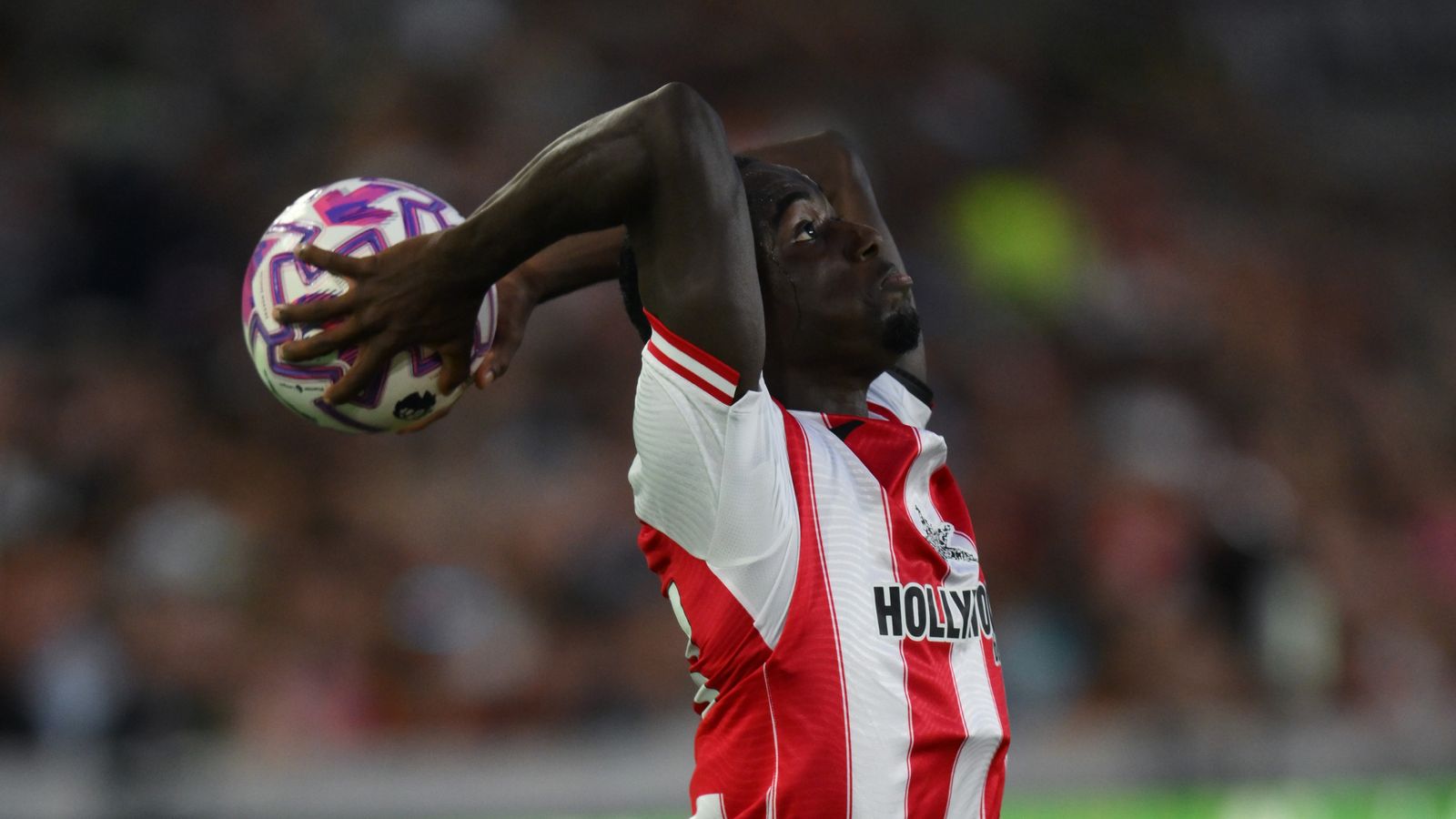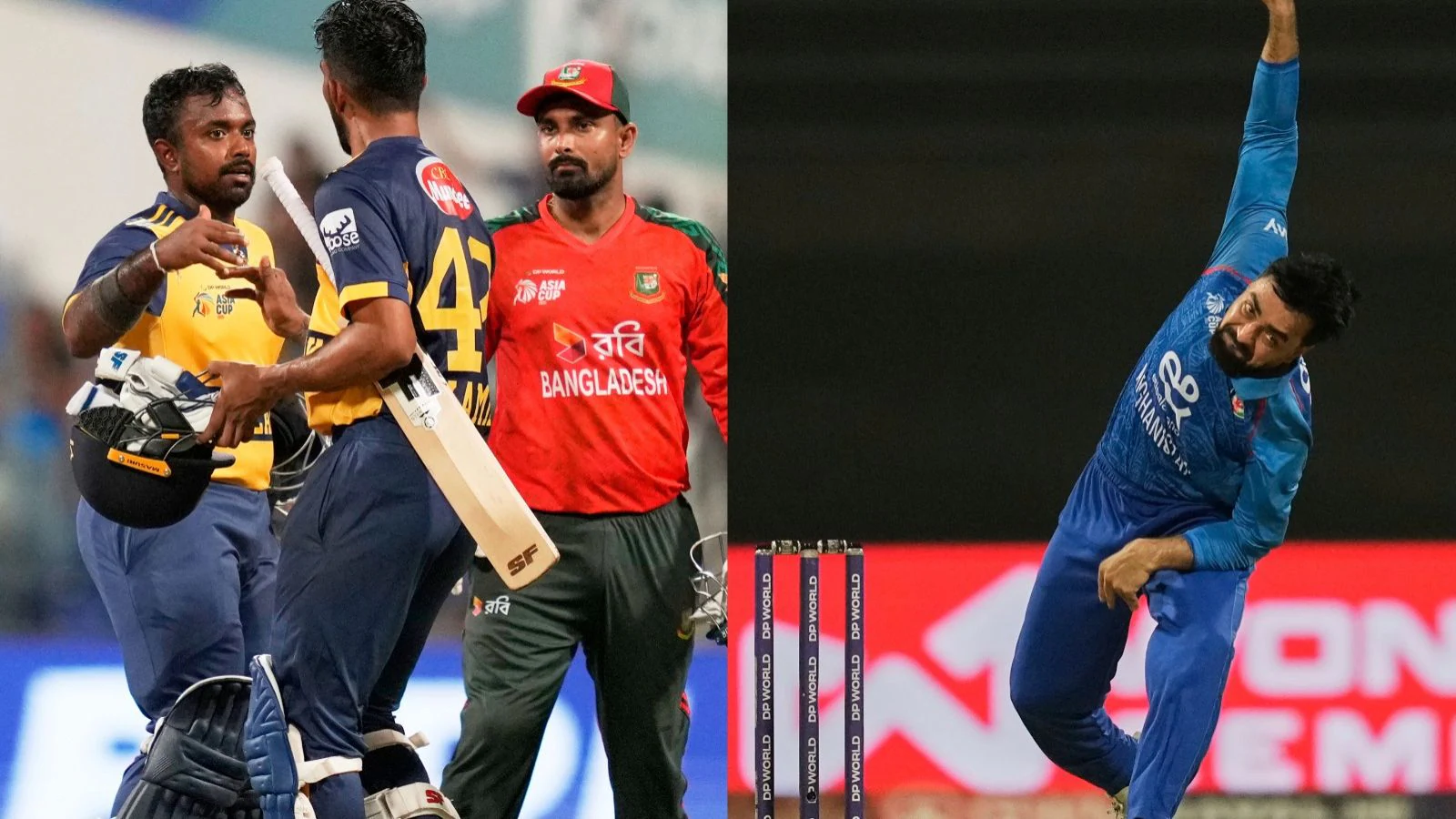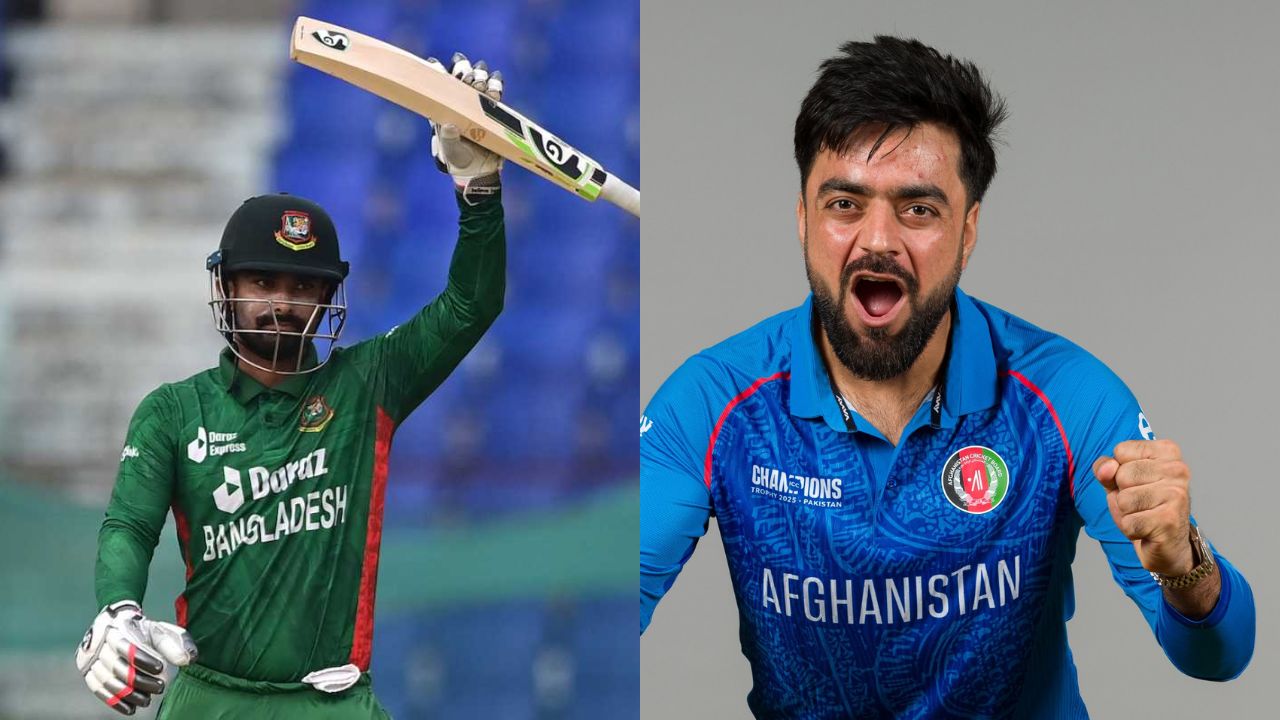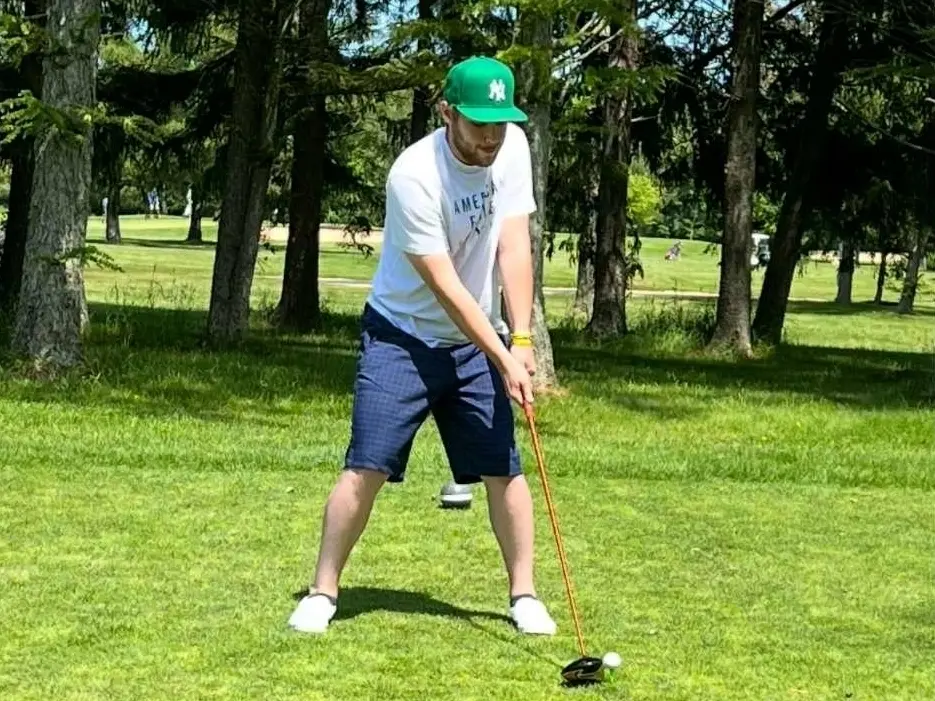By Marc Orti Esteban
Copyright skysports

Chelsea were warned. Brentford’s Kevin Schade picked up the ball on 88 minutes and threw it into the Blues penalty area. The defenders let it bounce – and Robert Sanchez had to tip the ball over the bar.
But they would not be let off the hook a second time.
With minutes remaining, Schade picked up the ball again and this time the long throw found a way into Sanchez’s net. Kristoffer Ajer flicked the it on and Fabio Carvalho tapped home at the far post.
It was Brentford’s seventh goal from a long throw since the start of last season. No other top-flight side has more than two. A few days later the Bees got another when Aaron Hickey volleyed home from another long throw routine in the Carabao Cup win over Aston Villa. This is not just a weapon, it’s a machine.
Got Sky? Watch Fulham vs Brentford on the Sky Sports app📱Not got Sky? Get instant access with no contract📺Brentford news & transfers🐝| Brentford fixtures & scores | FREE Brentford highlights▶️Choose the Sky Sports push notifications you want! 🔔
The noise around long throws has increased dramatically in 2025. Its use has grown year-on-year, with the numbers rising in the last 12 months. Thomas Tuchel has said he has considered utilising it for his England team.
But the way Brentford see it, the rest of the country is just catching up. The Bees have been mastering this particular skill for years.
So much so, that Carvalho’s goal against Chelsea is a carbon copy goal of Christian Norgaard’s strike against Arsenal in August 2021 – in the Bees’ first ever Premier League match.
“It’s not new to us,” said Keith Andrews after the draw with Chelsea. “I felt there’s a little bit of snobbery in the game around scenarios like that, but if the big boys do it then it seems to be accepted.”
A key part of Brentford’s long throw success is their throw-in coach Thomas Gronnemark, who works with them on a consultancy basis, while also working with multiple teams across Europe. That includes Danish club FC Midtjylland – who were Brentford’s sister club until 2023 – who have scored 11 goals from long throws this year.”What they’re doing is bringing in a guy from Denmark who only worked with throw-ins, nothing else,” says Gronnemark to Sky Sports, explaining his role in the Brentford set-up.
Just like against Chelsea, Brentford’s long-throw threat has proven to be attritional. And that’s part of the secret, as revealed to Sky Sports by Marc Orti Esteban, who was a set-piece analyst at Brentford until last season, and now works at New England Revolution.
“Let’s say in a game we have 10 long throws, and we don’t create any chances we know in the next game, we’re still going to do it because in the long run, we’re aware of how much it gives to us,” Esteban reveals.
“There are other clubs where maybe if it doesn’t work for a week, then they don’t do it anymore or they don’t do it as much. So the consistency in the approach and knowing that it’s a valuable weapon, even though it may not work for a couple of games, makes a difference.”
Why Brentford have so many ‘world-class’ throwers
Part of the reason why Brentford have so many long throw chances, is they have so many players trained in this discipline.
Full-back Michael Kayode is Brentford’s main long throw threat due to the distance he can reach, but the Bees also rely on Ethan Pinnock, Mathias Jensen and, as seen against Chelsea, Schade as alternative options. Midfielder Frank Onyeka was the long throw expert against Villa. The list is endless.
“In the whole group, they have like five, six, seven world-class throwers,” says Gronnemark. “I created them.
“It means that every time that Brentford are playing on the pitch, no matter when it is, they’ll probably always have two, three or four world-class throwers.”
The range in profiles for long throwers is really striking. Pinnock and Kayode’s long throw threat is no surprise given they are both defenders over 6 foot.
But Jensen is one of the smaller players – as well as the most technically gifted with his feet – in the team. Schade is also the quickest player in the team, but is equally efficient with his hands.
“Ethan Pinnock, he’s an example of the tall type of long thrower,” says Gronnemark, who also worked with a similar profile in former Brentford defender Mads Bech Sorensen, who is now creating all those long throw goals at Danish club Midtjylland.
“He has long arms so it means he has a long work way, which gives him an advantage.
“Then you have Schade, he’s the fast type. A lot of players have fast twitch fibres, so they are explosive on the pitch. As a result, they are also explosive with throw-ins.
“When I came into Brentford, they also said to me: we want some of the smaller guys to be able to take throw-ins. We looked at Jensen. He has quite flexible shoulder joints. So he improved from medium to world-class with a more efficient technique.
“But another advantage with Jensen throwing is that if he gets the ball back to him after the long throw-in, it’s like a penalty kick on the side of the box. And this is a fantastic situation. So having a small guy like him throwing really far, that’s really good.”
What makes a good long throw?
Given it is growing in the game, it is worth asking Gronnemark as to what makes a good long throw. First, as Brentford have in abundance, you need a good thrower. Or seven.
“I normally say if you can throw approximately 34 meters (37 yards) in a test where it lands on the ground, then it’s world-class,” says Gronnemark.
“That’s approximately around the penalty spot on the ground. But this is also approximately the front post in the air. If your player can’t throw it into the six-yard box in a match, you shouldn’t use them.”
The next is who that throw falls to. “If you can have three, four good headers on your team and one of them is not throwing, you already have a quite good advantage,” adds the Danish throw-in expert.
The last important aspect is good strategy at the throw-in. That could include space creation – using blockers to hold off defenders to force gaps, or making runs from deep.
“There are long throw strategy or tactics – and you need to have many different options,” says Gronnemark. “I’m not saying you have to have 10 different options, but you have to work with at least three or four.
“Because if it’s too easy to read for the opponents, if it’s too easy for them to sandwich specific places and the spaces are small, then it’s harder to score a goal.
“Do different kinds of space creation instead. One of the challenges is that a lot of people don’t know how to create space at the opponent’s penalty area.”
Another key part of the throw-in is the second phase. For example, Hickey’s goal against Villa was an example of Brentford reacting swiftly to the initial clearance from the long throw.
Brentford scored a similar goal against Manchester United in the Premier League last season, where Mikkel Damsgaard forced Luke Shaw’s own goal by pressing well on the edge of the box after the initial set-piece was cleared again.
“It’s about how you occupy the spaces for second balls and the second phase, because usually it’s hard to score from a first contact in this type of situations in a long throw,” says Brentford’s former set-piece analyst Esteban. “What’s very important is how you can make sure you have players in the right areas.”
These are very similar principles to how Brentford play generally through intense pressing and counter-pressing. In the list of the top 12 most frequent pressers in the Premier League so far this season lie three Brentford players, more than any other top-flight team.
“I’d say it’s quite similar to what you can see from Brentford from open play,” adds Esteban. “It’s about being aggressive, making sure you’re close to those second balls, crowding areas where you know the ball is going to go.
“And then from there, try to get people in the box and try to get crosses, try to create situations as soon as you can.”
Brentford’s dead ball and open play principles being linked together could explain why Andrews was selected as Thomas Frank’s replacement – and promoting their set-piece coach is not the only way the Bees have led the way in this department for a while.
While Andrews is in the west London hotseat, their other former set-piece coaches in Nicolas Jover, Bernardo Cueva, Andreas Georgson and others have moved onto roles at Arsenal, Chelsea, both Manchester clubs and Spurs.
As was seen last weekend, Chelsea could not stop the Bees from set-pieces even though they had Cueva – who was Andrews’ predecessor as set-piece coach at Brentford – in their ranks.
And if he can’t stop them, who can?
Watch Fulham vs Brentford live on Sky Sports this Saturday, kick-off 8pm.



